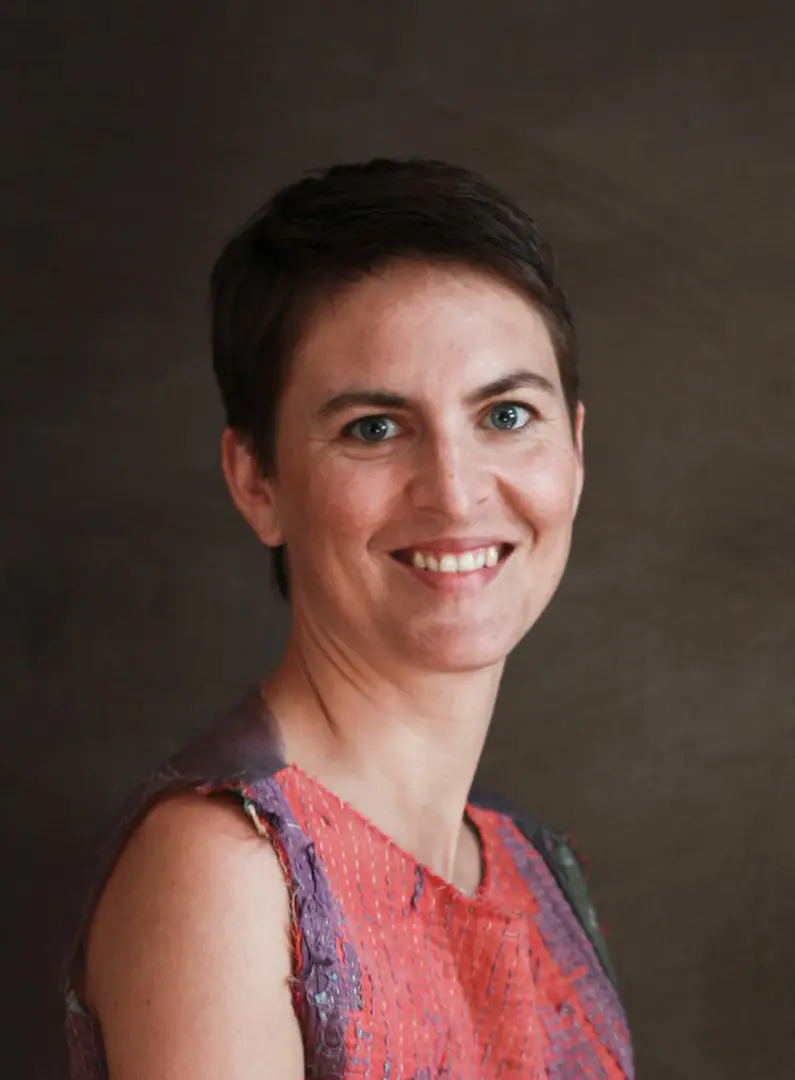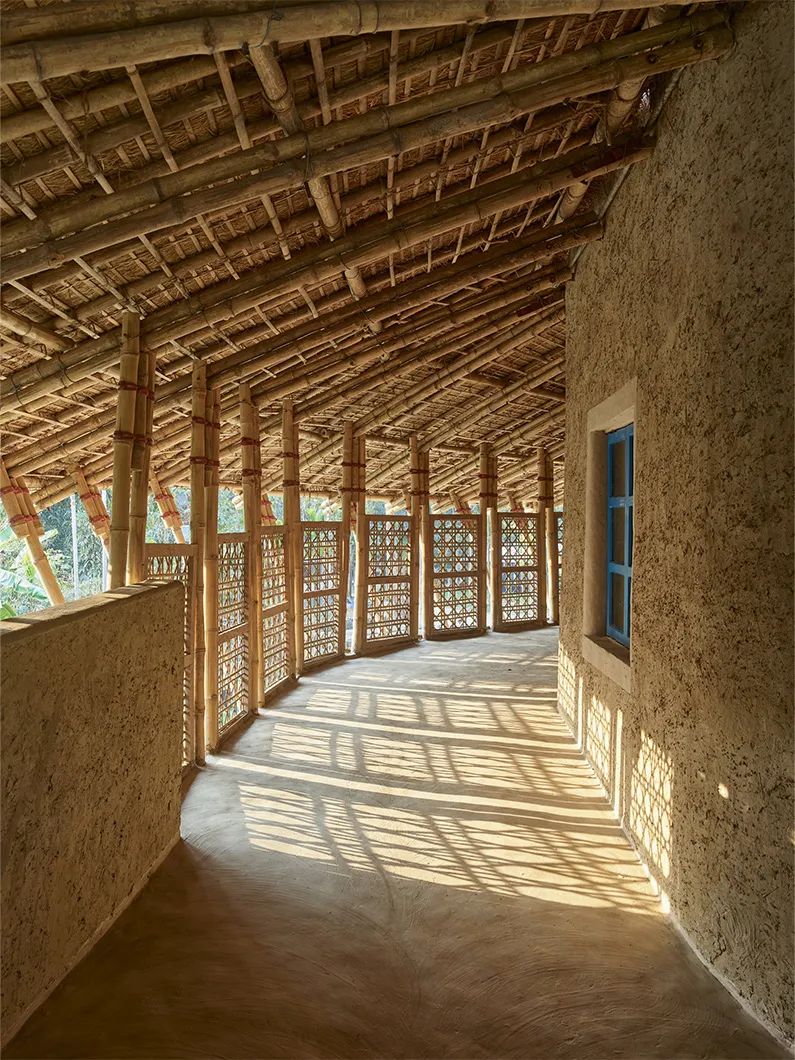Smart and sustainable purchases: how to make the most of the appliance bonus and how to apply. Requirements, amounts and limits to be aware of
Anna Heringer: “We are all a source of energy, let’s use it!”

Anna Heringer, Anandaloy Center for People with Disabilities and Dipdij Textiles Studio, Rudrapur, Bangladesh, 2020. Photo Kurt Hoerbst
Taking a truly sustainable approach to the industrial process seems to be the toughest way these days, but the rules of the game can be changed, if we can come up with new ones. A conversation with the architect Anna Heringer, winner of the Aga Khan Award for Architecture
We met Anna Heringer at a lecture on sustainability at the Triennale di Milano, during the launch of Waiting for Peripheries, the theme of the upcoming Milano Arch Week. She is an architect who fights for a better world. Renowned for her earth buildings in Bangladesh, Ghana, Morocco, and Zimbabwe, she lives and works in Laufen, Germany. She believes that sustainability can be achieved using the most common materials we have around, like earth and hay, and by involving the local workforce, and she takes an active part in international debates on fairer legislation for alternative design materials and processes.

Anna Heringer, photo Stefano Mori
We are all desperate to come up with a new “green” concrete, and sustainable materials, but we never look down! Earth is a material that is available everywhere, in any culture, in any climate. We have a tradition of building with this material, even if it’s slipped our minds. It is a material that requires no CO2, nature gives it to us free, and we even dump it every time we dig underground to build car parks, foundations, or new underground lines … The interesting thing about this material is that you can use it just the way it is, you don’t need to add anything to stabilize it, and you can recycle it without any loss of quality, returning it to nature without leaving any visible scars. It is the champion of sustainable materials, it’s health-giving and beautiful.
A lot of laws and regulations are highly influenced and informed by industries, and they are also born out of fear. Fear of responsibilities, fear of degradation and so on. We should take a good look at all the building regulations and decide whether they really are good for the people and the planet. What happens when you make something super safe for people while wrecking our environment? We have to adopt a broader perspective and shoulder some risks and responsibilities if we want to innovate. When I look at virtuous places for sustainable architecture, such as Western Austria, the client, the craftsmen, and the architect take joint responsibility for making things happen. It is important to stretch limits in order to broaden horizons and achieve true innovation.

Anna Heringer, Bamboo Hostels, Baoxi, China, 2013. Photo Jenny JI
The problem in building with natural materials is that it requires a lot of craftsmanship – an energy source that is highly taxed in our field. We always think of energy in the form of gas or oil, but we forget that each one of us is a source of energy. Plus, we need fairly priced materials, because being truly sustainable nowadays costs more, and this doesn’t make sense. Earth as a material should be available for all but it’s now more expensive than building with concrete, for example. This is due to an economic system that needs to be overhauled, taking the full cycle of the material into consideration, including end of life. Today you can build cheaply but the real price will be paid by future generations that will have to deal with all these waste materials.
Maybe we should adopt a happier, more frugal mindset: how much do we really need to make us happy? We should opt for quality over quantity, even if it means losing square metres. We should take an extremely well-thought-out approach to what we produce.
Of course. We always think that systems cannot change, but equally every movement started with just a handful of people. The only thing that holds us back is our imagination, but the feeling of doing the “right thing” adds so much joy to the process. Following the heart and not the mind is something that I’ve learned over the years I’ve been working as an architect. It is something that we have to learn all over again, to trust in life and to follow our hearts. I know it sounds very banal, but I think it’s the bottom line of everything.
I’ve always lived and worked on the peripheries, away from the spotlight. I come from a very small town in Bavaria, which is literally at the end of Germany. I worked in a remote village in Bangladesh. You think it’s the end of the world but then you discover a whole new universe. These are places where you get to know the people, create a network that allows you to really work together and create things together. Places where real relationships can be forged.
Anna Heringer at Triennale Milano (Milano Arch Week 2022/23)

Saudi Arabia, a land of new balances
Saudi Arabia is the largest FF&E (Furniture, Fixture and Equipment) market in the MENA (Middle East and North Africa) region. In 2024, it reached a value of $7.2 billion, fueled by economic diversification, rapid population expansion and reforms of the Saudi Vision 2030 strategic program.


Introducing “Salone Raritas”: the new Salone del Mobile.Milano exhibition space dedicated to limited edition design and high-end creative manufacturing
Salone Raritas will make its debut at the 64th edition of the trade fair. Curated icons, unique objects, and outsider pieces: the first direct interface between the world of special edition design, antiques and high-end craftsmanship and the professional design market professional design market (architects, interior designers, contractors, developers, dealers, etc). Leading galleries and an international audience will come together on a platform driven by a strong curatorial vision, designed to foster long-term relationships and generate business opportunities.



 Stories
Stories









